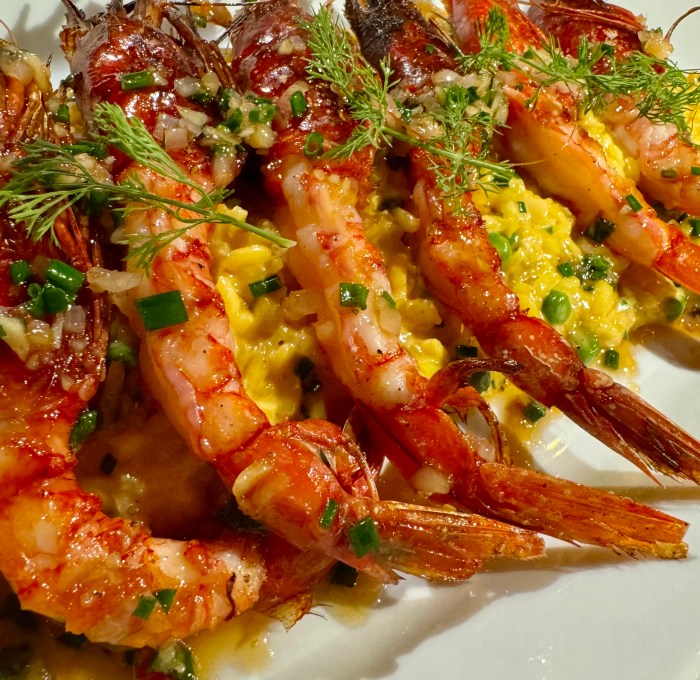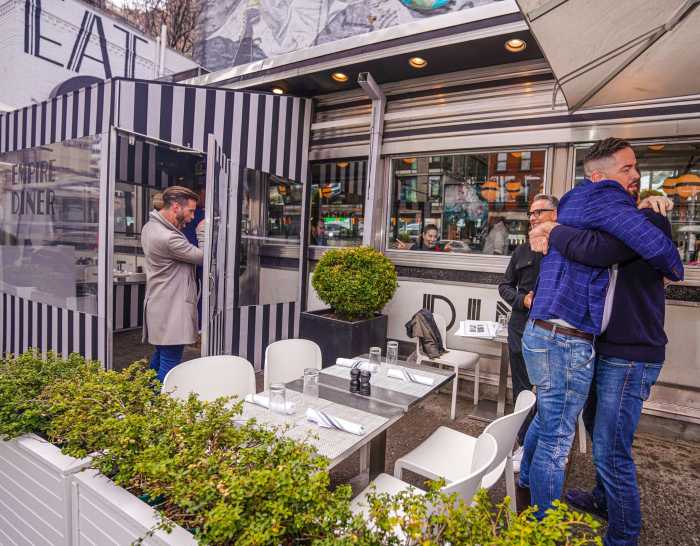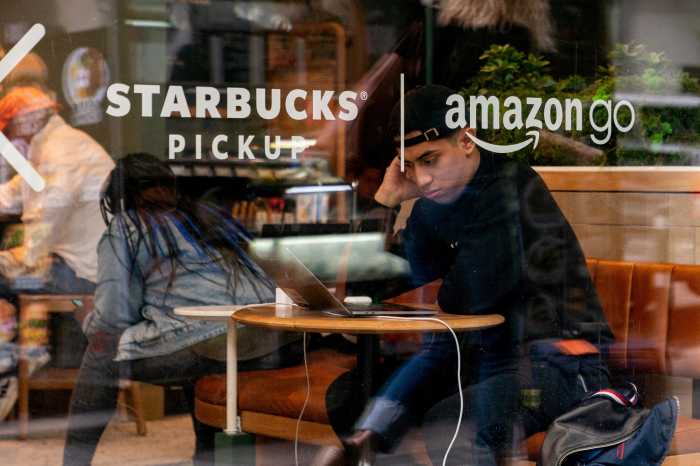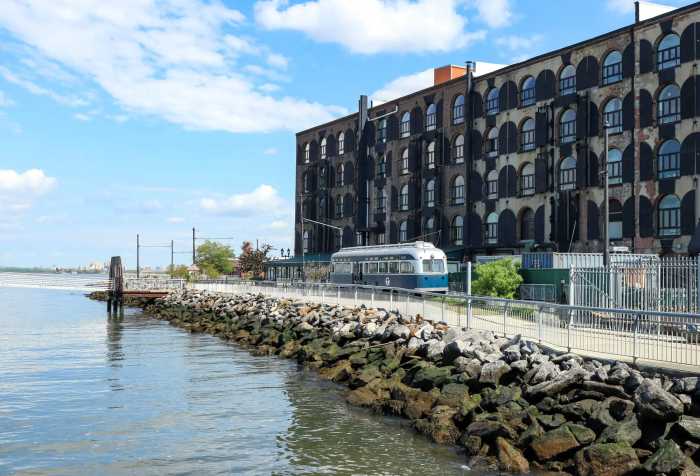A new report from a major hospitality group shows that high labor costs, fewer customers, complex regulations and a sprinkling of other economic woes have created a recipe for disaster for restaurants and bars in NYC.
The NYC Hospitality Alliance released the results of a survey last month that show the city’s restaurants and bars suffered slowing sales over the summer this year. The alliance cited a cauldron of reasons for the decline, but a dip in diners and labor costs were at the top.
In fact, 53% of the survey’s respondents said their primary concerns centered around labor costs.
“It costs a lot of money to run a restaurant because it is labor intensive, and that’s making them less profitable or struggling,” Andrew Rigie, executive director of the NYC Hospitality Alliance explained.
Many restaurants spend as much as 40% of their sales to cover labor costs, Rigie added.
“For many, it can be an unsustainable business model,” he said.
According to the survey, 72% of the 354 establishments surveyed reported a drop in sales from June 1 to Aug. 31, 2024, compared to the same period the previous year. Only 5% of businesses saw a rise in sales, the survey results showed, and 22% reported that their sales remained steady year over year.
Barbara Sibley, chef and owner of La Palapa restaurant with three locations in Manhattan, said there have been staffing issues at her restaurant and other eateries in the city.
“Definitely, the tight labor market after the pandemic has led to a difficulty in staffing and the need to increase wages to fair pay what is expected from staff now,” she said.
New Yorkers ‘going out less frequently‘
As for fewer customers, Rigie explained that there are many different reasons why people are dining out less this year. He discussed the impact of the COVID-19 pandemic.
“The prior summer, people still had some of that pandemic-era buildup, maybe some pandemic-era money, and they also had that pandemic-era urge to get out and be with people,” he said. “But perhaps this summer, people didn’t have as much discretionary income. And if they were going out, they were going out less frequently and spending less.”
Weed woes restaurants and bars in NYC
Another unusual culprit in NYC dining-out decline? Legal weed, according to local restaurant owners.
“Another way we have been affected is by the change in consumption patterns,” Sibley said. “Some of these patterns have been due to inflation and perception of value in restaurants, and in some ways also affected by new ways of consumption as cannabis takes over part of the market share. Adding this to the fact that people got used to not going out.”
Joe Salimeni, executive chef, owner and operator of J’s on the Bay in Staten Island, underscored Sibley’s sentiments, adding that younger generations enjoy cocktails less often or less than has traditionally been the case in restaurants.
“Along with alcohol, what I’m seeing with the younger generation that is now 21 and able to drink is that they are not as into it as our generations were,” the culinary pro said. “It’s more about mocktails and weed culture.”

A Manhattan bar owner, who asked not to be identified for this report, said there is too much “anti-alcohol propaganda” flooding the city.
“Sober October and and Dry January does not help NYC,” the pub owner said.
He added that the perception of high crime rates and socio-political issues trickle down and affect local businesses.
“NYC streets are not safe,” he said, even though the NYPD and Mayor Eric Adams have insisted the streets are safe, as shown in crime statistics. “Late-night business is not great. Homelessness is out of control and there is no respect for the NYPD.”
But still, restaurant owners can not ignore inflation. The NYC Hospitality Alliance survey showed 32% of respondents are concerned about skyrocketing prices of goods.
Salimeni knows this all too well. His restaurant offers an extensive and varied brunch menu featuring meals that rely on an expensive staple: eggs.
“I just left Restaurant Depot, and as of today, 30-dozen eggs are $136 a case,” he said. “In 10 years that I’ve been in business, the highest that I ever witnessed eggs being was about $80.”
Another Manhattan restaurant owner echoed this feeling.
“With inflation, the prices are going up,” Angel Moreno, owner of Caravan of Dreams, an organic vegan restaurant in the East Village, said. “Everything is affecting business tremendously.”
Restaurants have had to raise prices to cover the rising costs of goods, much to consumer dissatisfaction.
“Restaurants have had to raise prices to cover these expenses. It has an impact on consumer purchasing behavior,” Rigie said. “A couple may dine out less frequently, or when they do go out, instead of buying a bottle of wine, they each have a glass of wine. Instead of each one ordering an appetizer, they split an appetizer.”
‘Support your favorite restaurant’
Despite the challenges that restaurant owners face, many remain positive that the industry will perk up.
Rigie, in the meantime, stressed the importance of eating, drinking and being merry.
“Go out, eat and drink local, support your favorite restaurant, go try new experiences, go visit different neighborhoods,” he said. “There are so many wonderful dining and drinking experiences to be had across the five boroughs.”





































